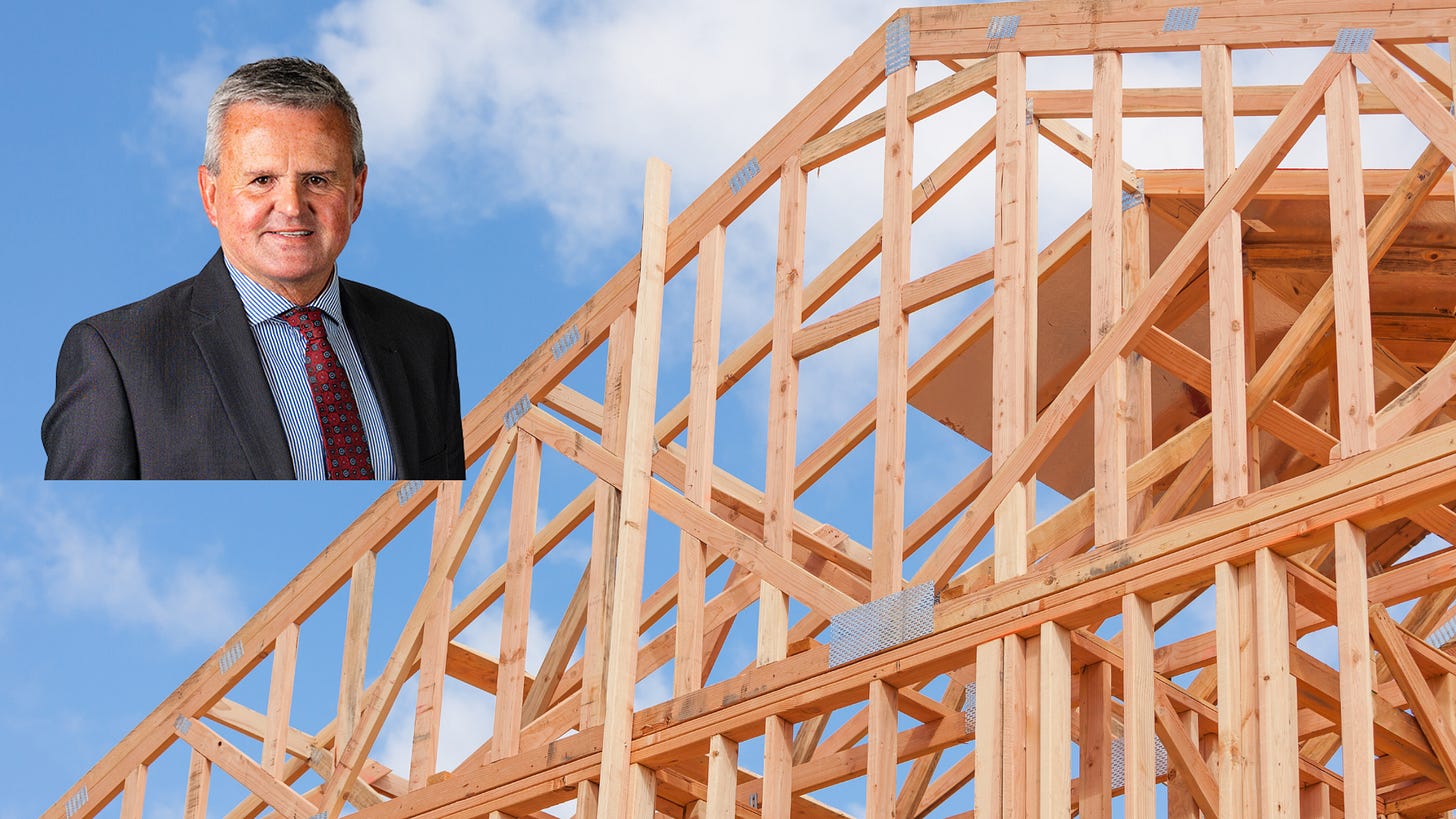Pottinger: Projected household numbers a 'wake-up call' for Invercargill
“[There’s] too much talk and not enough action when it comes to freeing up land to build houses, it is going to catch up with us and we are going to be in the crap.”

An Invercargill City Councillor has suggested “less talk more action” is needed to help boost the city’s housing stock.
A list of draft assumptions was put to the council’s risk and assurance committee on Tuesday which will aid with the council’s long-term plan process.
One of the assumptions is that the number of Invercargill’s households will increase from 23,256 in 2022 to 26,087 in 2034.
The report prepared by council staff says the number of households stagnated over 2020-2021 but is projected to show positive growth over the course of the next decade.
It is assumed the growth will peak at 1.1% in 2032 and the average size of households is expected to reduce from 2.39 to 2.34 by the end of the long-term plan.
Invercargill city councillor Ian Pottinger said the council need to take note of those numbers.
“[The assumptions] say in 10, 11 years time there will be just shy of 4000 more households, which means 4000 houses.
“Isn’t that a wake-up call to us that we talk about more houses, but talk is not going to get us there in 11 years? It shows action is needed.”
“It’s a wake-up call to us. [The assumption] might not be right on the money, but at least it shows a number that is significant.
“[There’s] too much talk and not enough action when it comes to freeing up land to build houses, it is going to catch up with us and we are going to be in the crap.”
Council’s strategy, policy, and engagement manager Rhiannon Suter pointed to work that Great South has done.
It suggested that rather than there being a direct shortage of housing in Southland, there was actually a shortage of the “right types” of housing for future growth.
Beyond 2025 project lead Bobbi Brown addressed the Invercargill City Council in April.
Brown said the headline shouldn’t be that Southland is “X number” of houses short.
“It’s not about numbers, it’s about our demographic makeup,” Brown says.
53% of Southland’s housing stock are three-bedroom homes, compared to 43% nationally.
At the moment there are on average 2.6 people per house in Southland, but that is expected to drop to 2.1 as the population continues to age.
“If we have lots of single older folk, we will need more houses…. If you have lots of families you need less houses. It’s about how we are as a community and demographic makeup that’s really important.
“We are going to have more older people in the future, any scenario shows that. Southland already has a higher aging population than other parts of the country.
“Our current houses don’t meet our current needs, so how are we going to meet future population needs?”
Invercargill Mayor Nobby Clark told those at Tuesday’s meeting that he plans to have a councillor only meeting where he will provide an update on where he is at with the housing issue.
“There’s huge potential for some of these issues to be resolved in partnership with Government, and in partnership with local developers who have a different way of operating than just us just being at the front and resolving our issues.
“I’m not sure what iwi can contribute but there is some potential there.”
In August Clark indicted there was a developer willing to pay $6 million for 5ha of the Donovan Park land that the council is considering selling.
At the time Clark cited potential for joint venture projects that could help address the city’s need for more housing.
The council had a policy of targeting aged care as its own housing priority.
Meanwhile, there is a residential development planned for the 70-ha block of land between Tramway Rd and Centre St, flanked by Rockdale Road and Regent Street.
The Te Puawai residential subdivision in east Invercargill was announced in late 2020, although main consents have not yet been applied for.
About 900 lots are expected to be available in the subdivision.




